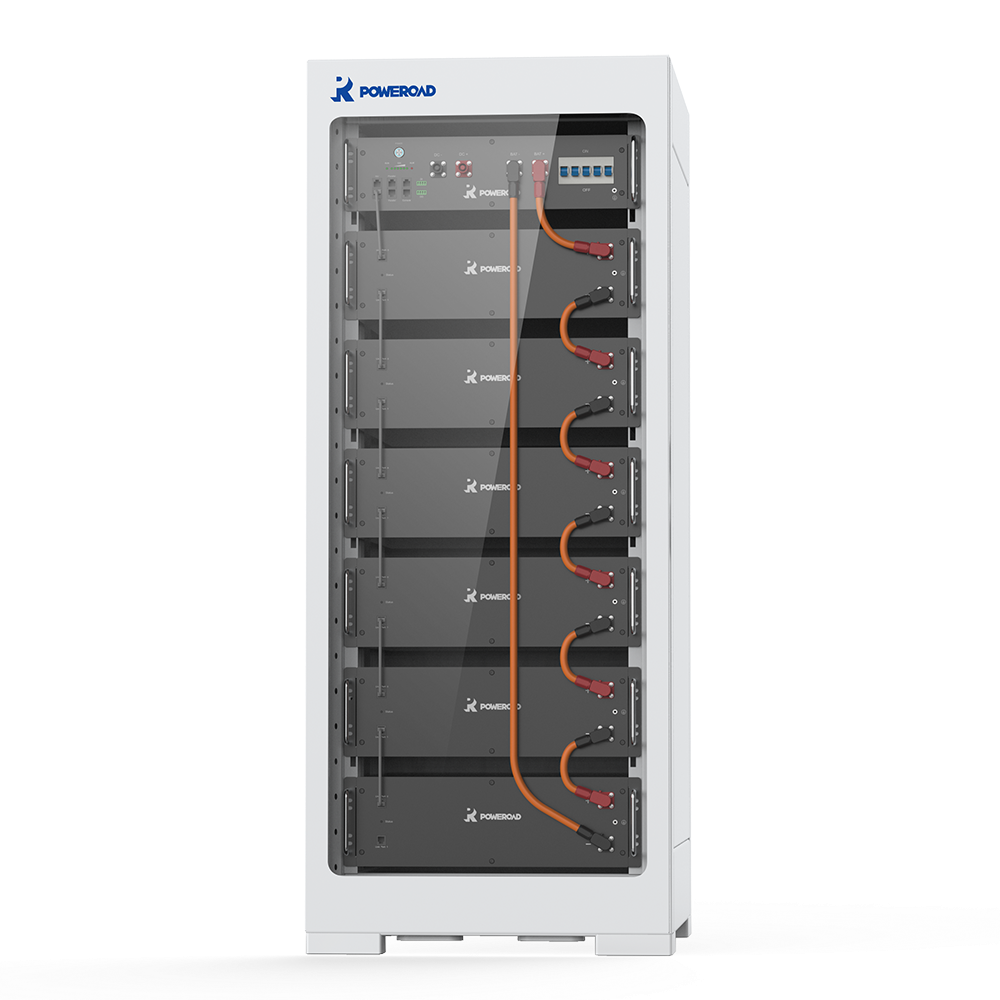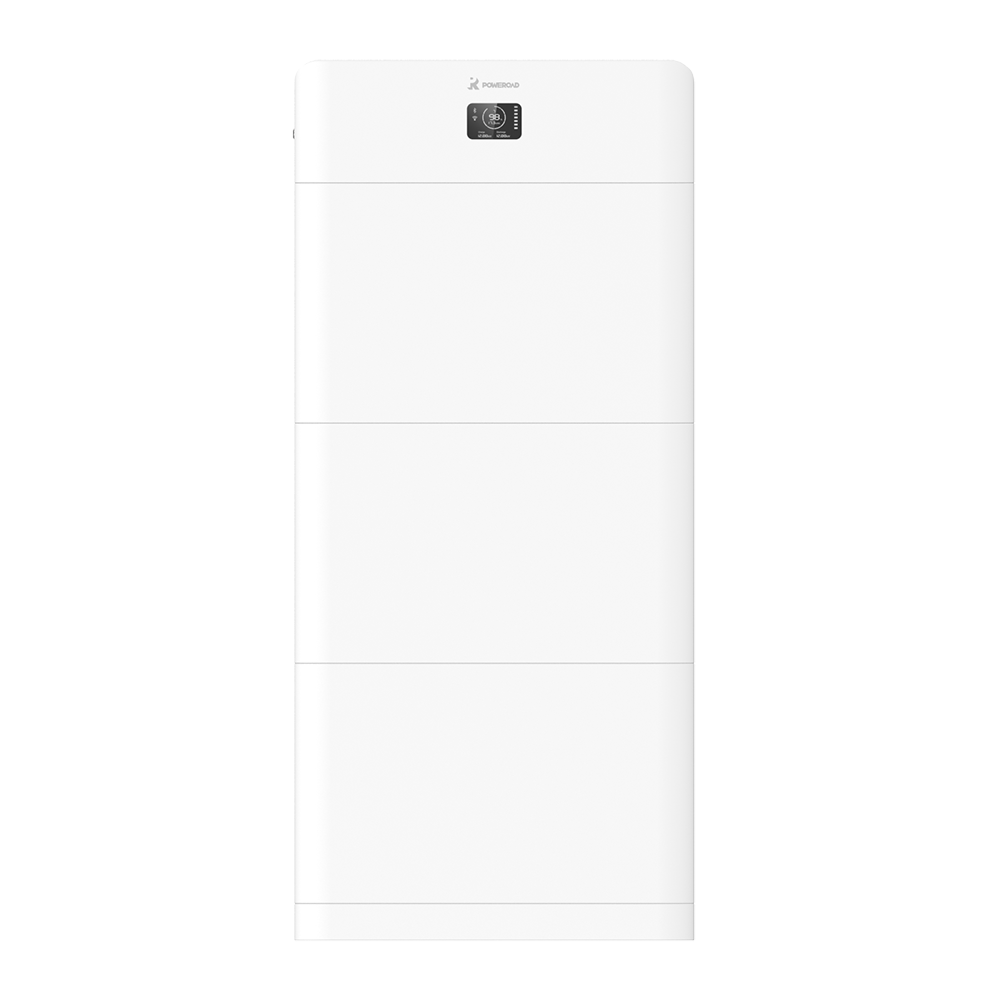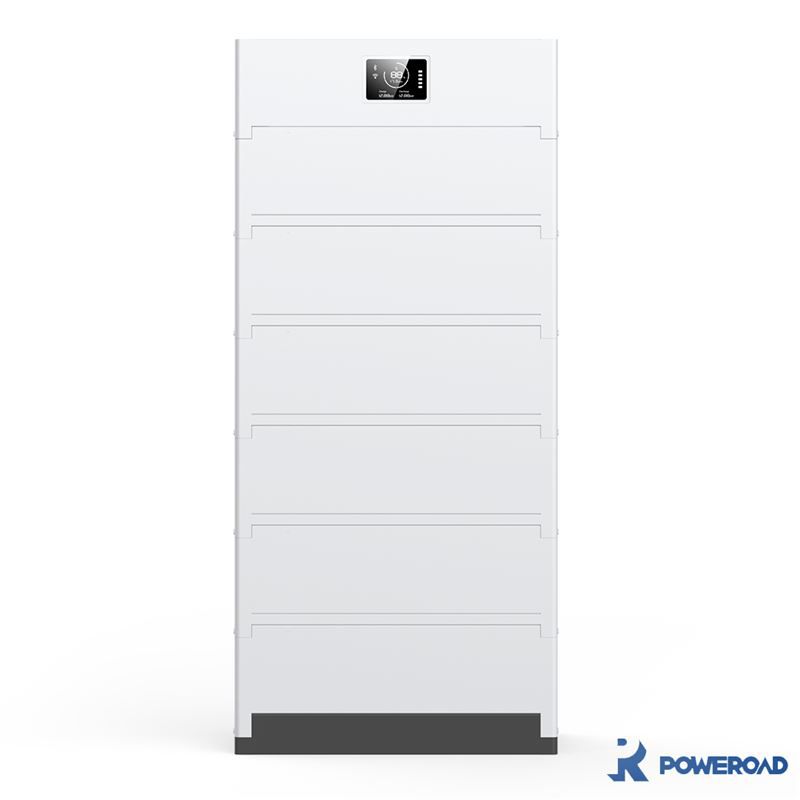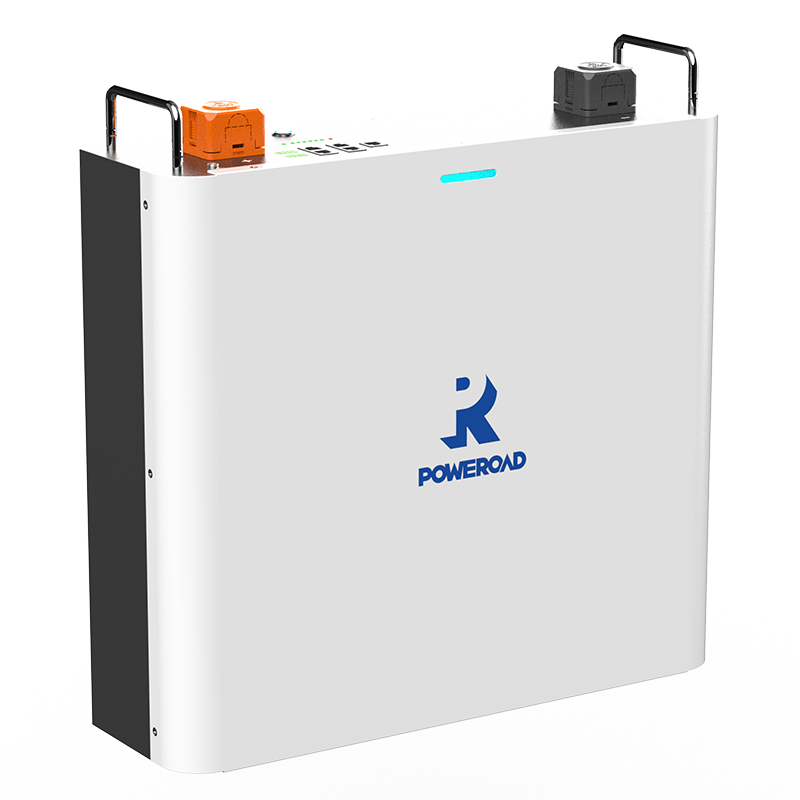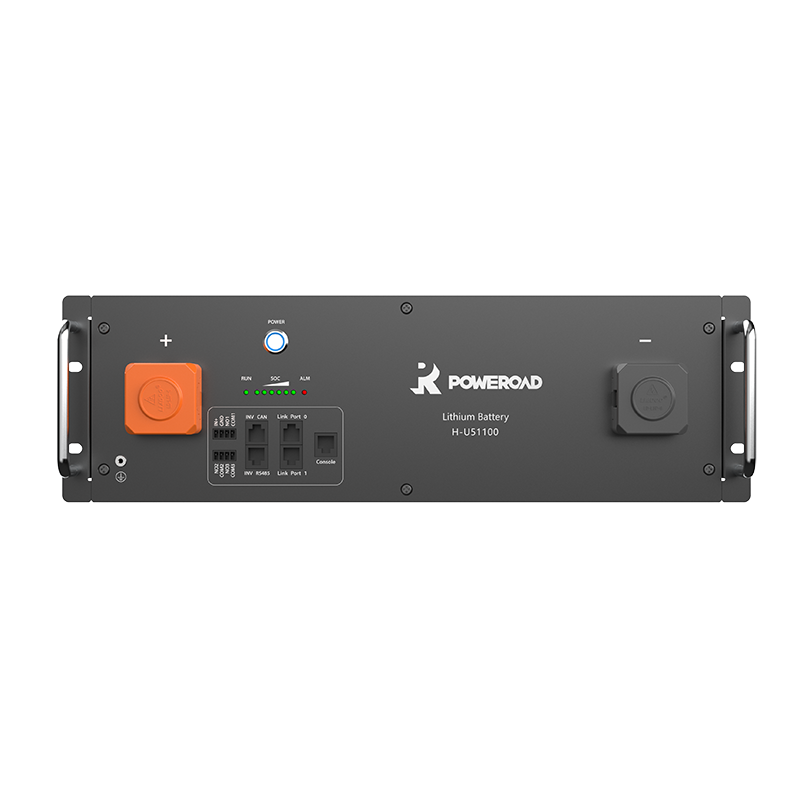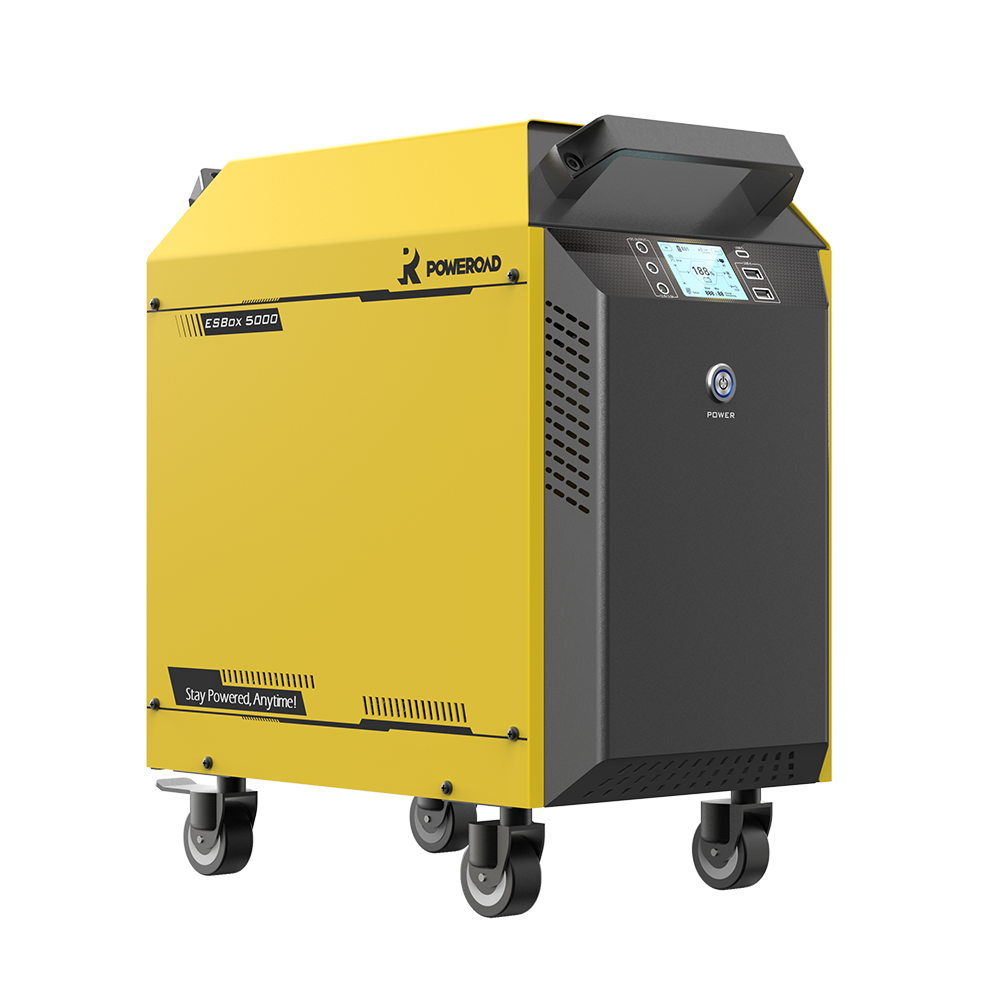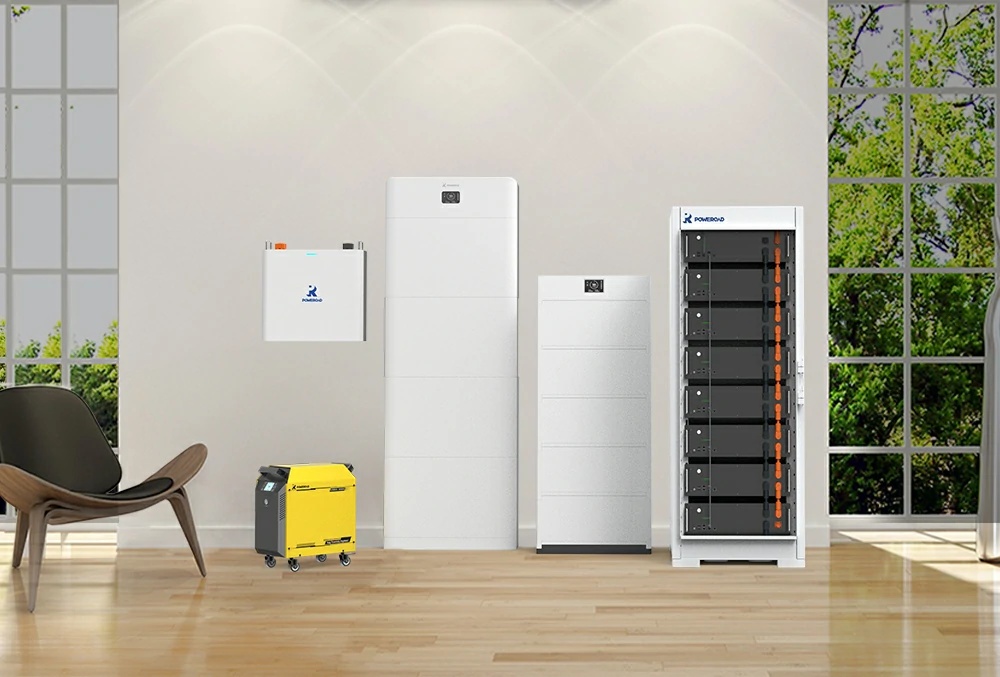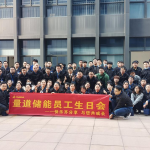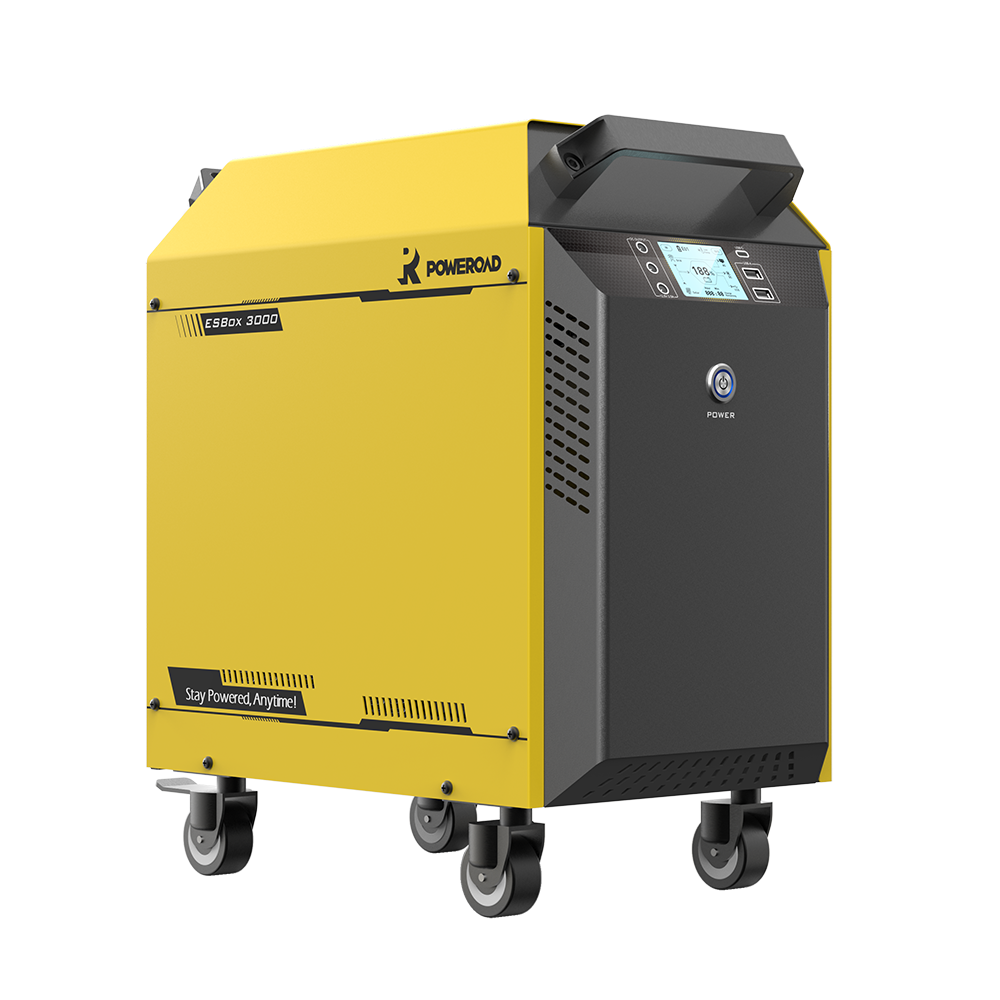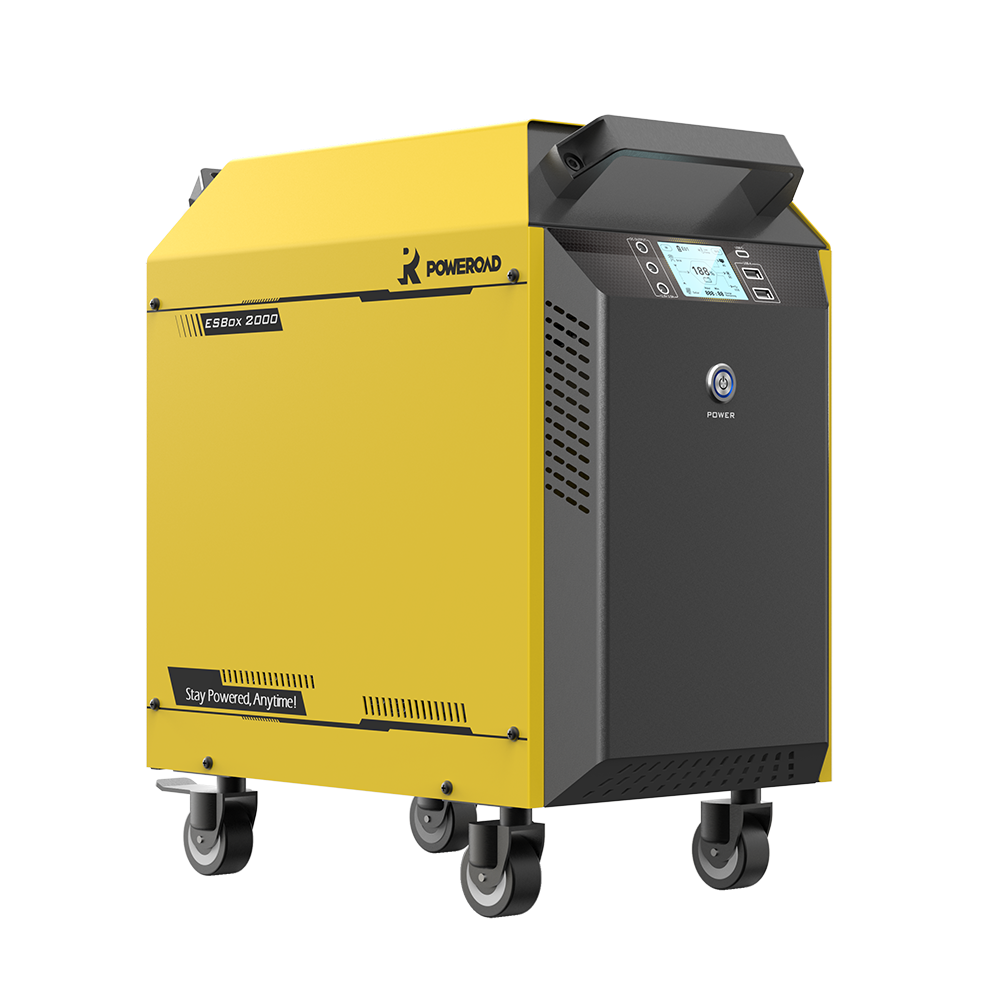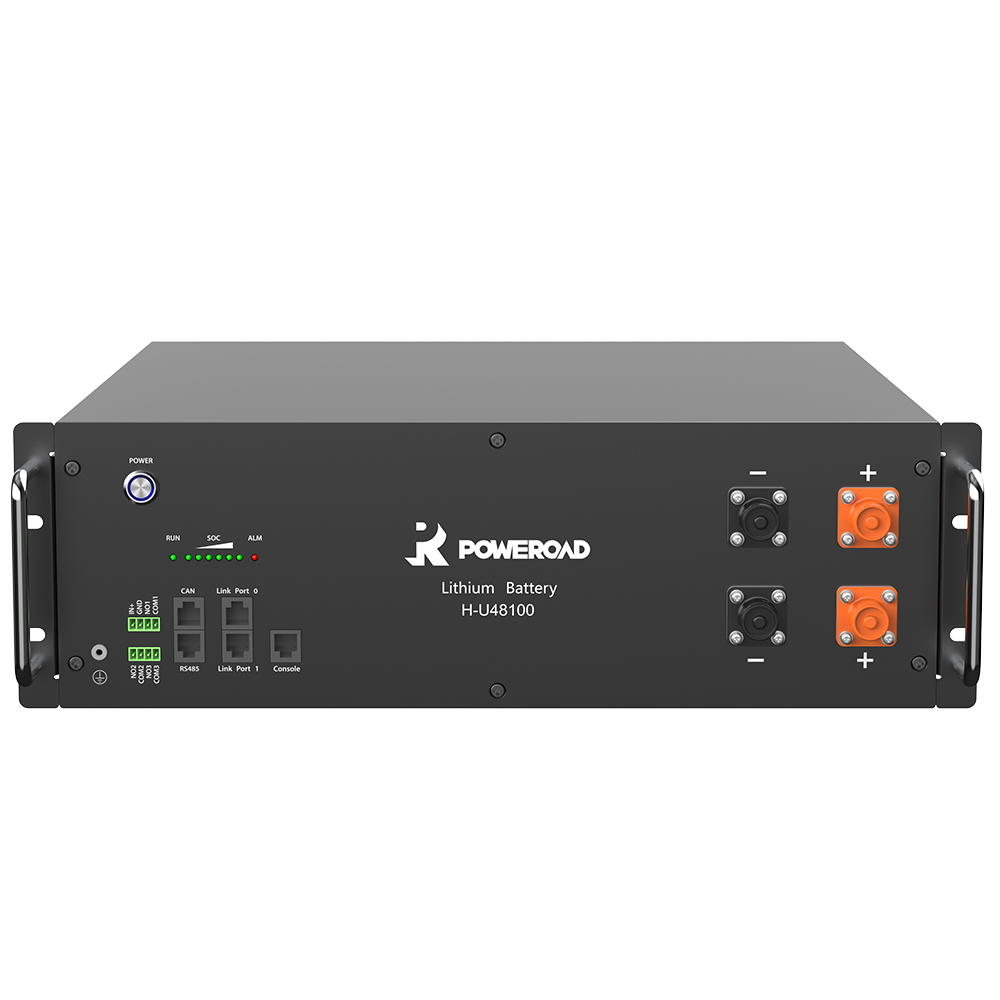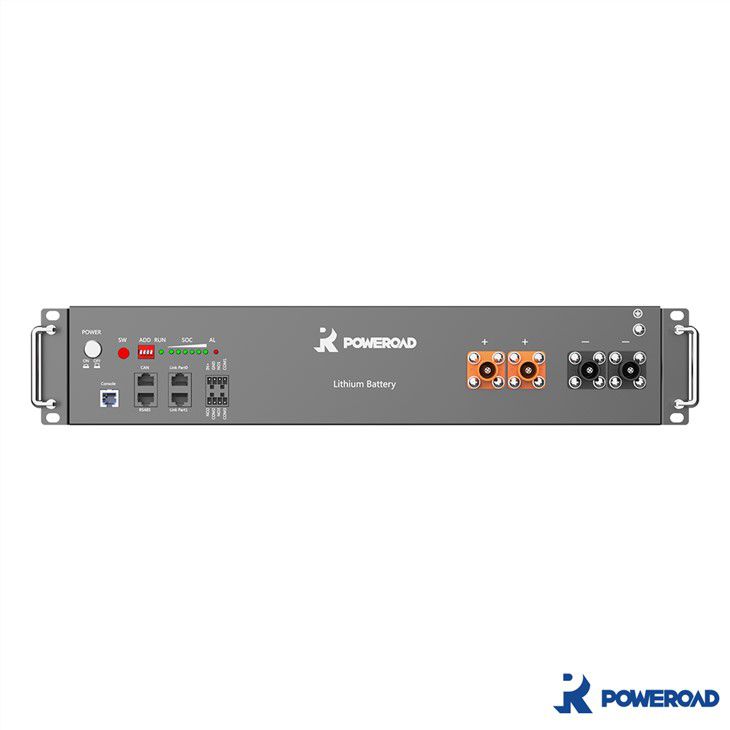It’s a good thing we have an electric grid because we use it extensively. Almost everything we use today requires electricity. Our homes, farms, businesses, hospitals, schools, entertainment, traffic command centers and shopping malls are all enabled by electronic devices. These devices can do everything from supplying us with air to heating our homes. They bring us information through the Internet and entertainment through television. They prevent our food from spoiling and cook it when we are ready to eat it. Unfortunately, without electricity, there is very little we can do today.
Sure, we rely on electricity to do many things, however, you cannot only count on being able to plug in and have electricity to use if the power grid goes down.
Here are three reasons all of us should be extremely concerned about our power grid problems.

1. The age of the power grid.
The average age of the power grid in Europe is around 45 to 50 years old and 35 to 40 in North America. Technology has progressed significantly over the past 50 years and has pushed every industry forward, yet grids remain stuck in the past.
Part of the problem is financial. Upgrading the power grid is expensive, while some power companies run on a narrow margin, and they can’t afford to replace aged equipment. The other part is governmental. The projects for infrastructure and grids needs to be coordinated from the country level, and it not an easy job to complete.
2. Power grid disturbances
Nowadays, more and more new energy sources are involved in power generation, while wind power and photovoltaic power generation are volatile and intermittent, which means that we cannot control wind and photovoltaic power generation to maintain the stable active power output we want. When affected by the weather, the active power output of wind and photovoltaic power generation will fluctuate greatly. If there is no other stable active power output in the power system that changes in time, causing an active power imbalance in the power system, the frequency will fluctuate.
In most cases, due to the accumulation of a series of minor disturbances under normal conditions, the overall safety level of the power grid gradually decreases, leading to an alert state. In this state, although the voltage, frequency, etc. are within the allowable range, however, the safety of the grid has been greatly reduced, and its resistance to external disturbances has been weakened. When some unpredictable disturbance occurs or the load increases to a certain extent, the voltage and frequency deviation may exceed the allowable range, and some equipment may be overloaded, threatening the safe operation of the power grid.
If the effective preventive measures are not taken properly, once a sufficiently serious disturbance occurs (such as a short-circuit fault or a large-capacity unit exits operation, etc.), the power grid will enter the emergency state from the alert state. At this time, the power flow of some lines or the load of other components in the power grid may exceed the limit value, and the voltage or frequency of the power grid may exceed or fall below the allowable value, which would have an impact on the power grid and cause grid fluctuations.

3. Gird failures cased by weather event
In recent years, global climate warming has moved from behind the scenes to on stage, resulting in a significant increase in extreme weather and climate events. Disasters that occur “once in decades” or even “once in a century” often occur, which has given us a warning. Extreme weather events are changing from occasional to more frequent, posing severe challenges to energy and power security. According to a report released by the World Meteorological Organization, in the past 50 years, due to the impact of climate change, the number of disasters has increased by five times, and the disaster losses have increased by more than seven times. The frequency and intensity of extreme weather are increasing globally, and the frequent extreme weather strikes the power grid repeatedly.
Most power lines are above ground, making them vulnerable to weather and the elements. Power facilities can easily be damaged during storms and hurricanes, impeding power delivery. On the other hand, the frequent occurrence of extreme weather has led the power load characteristics to degrade further, with the peak load scale increasing, the single duration being short, the fraction of electricity being tiny, and the peak-to-valley difference widening.

If the power grid goes down, water and natural gas will also likely fail at some point, and our daily life would not be go on without electricity, so planning is critical. Fortunately, although people cannot control the power grid, we can deploy the household energy storage systems for stable power supply to avoid blackouts and ensure critical devices stay online during emergencies. You’re welcome to contact us for the energy storage solutions that fit your situation.
Related Products

POWEROAD Meta L2 Stacking Residential LiFePO4 Battery Energy Storage System Off-Grid Back Up Power

POWEROAD Era L2-48 Residential LiFePO4 Battery Energy Storage System
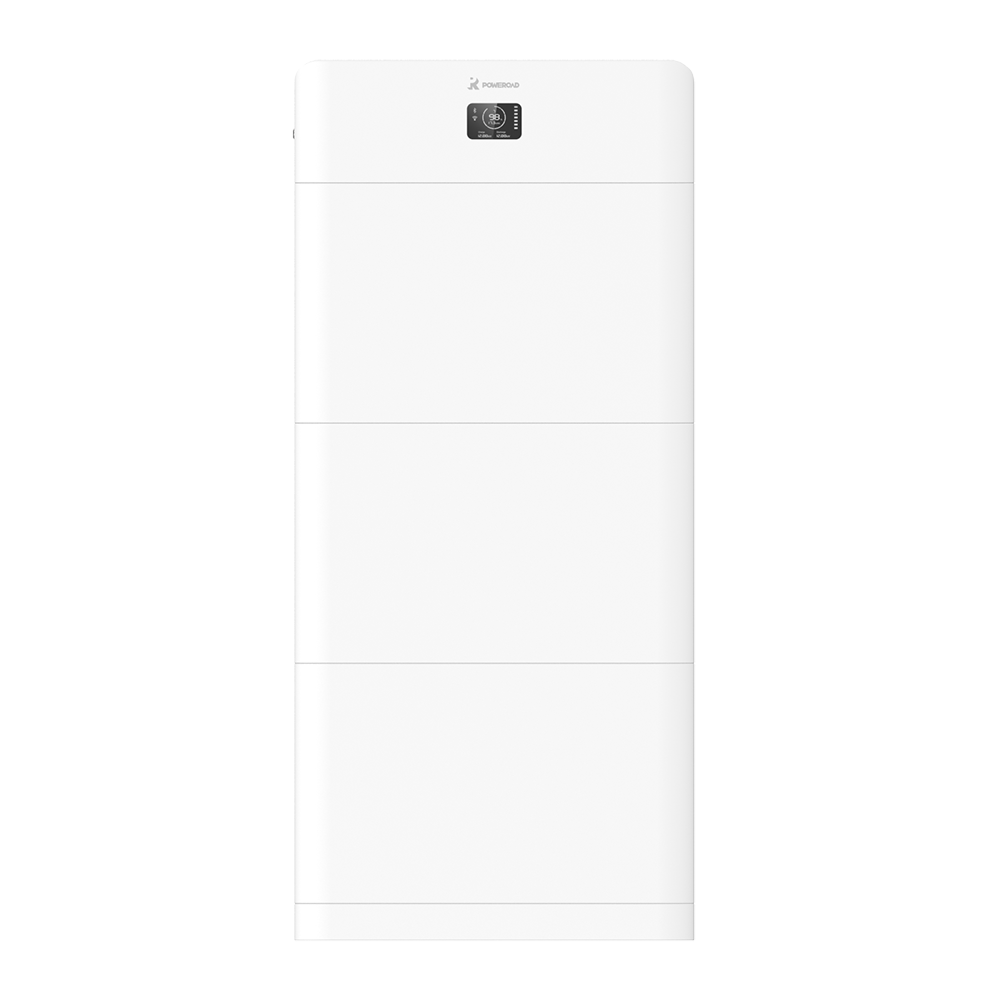
POWEROAD Meta H1 High-voltage Stacking Residential LiFePO4 Battery Energy Storage System Off-Grid Back Up Power
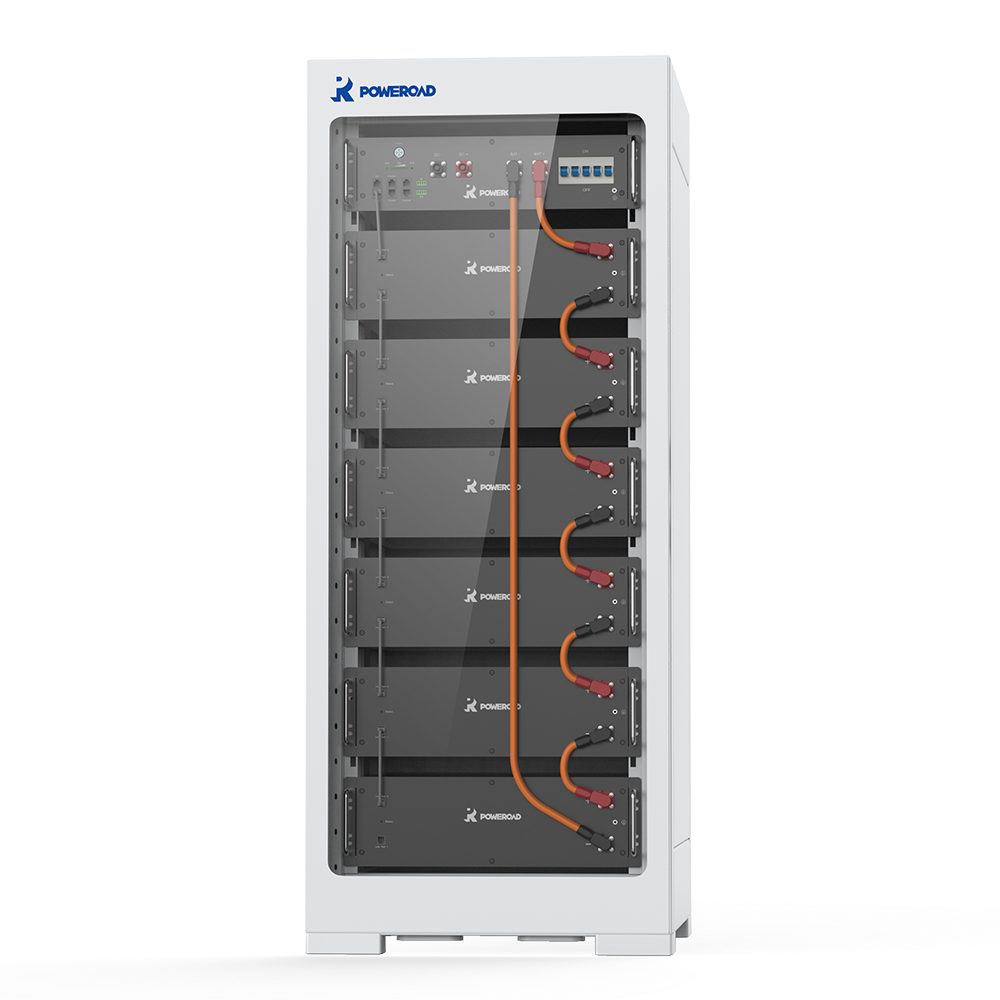
POWEROAD Era H1 Residential LiFePO4 Battery Energy Storage System

